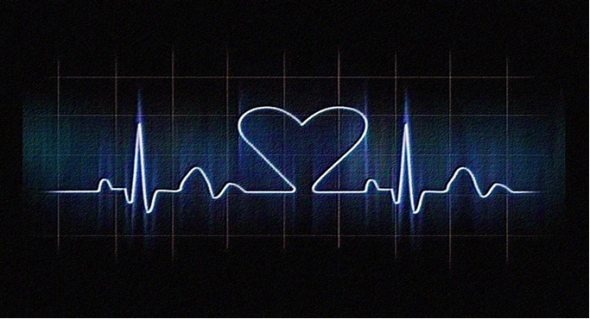 As we are all well aware, CMS has begun penalizing hospitals for unplanned readmission of certain diagnoses, including acute myocardial infarction (AMI), heart failure (HF) and pneumonia (PN). This new rule brought into focus specialty areas where the post-acute care settings could partner with the hospitals for improved outcomes. Many skilled nursing and rehabilitation programs have always accepted patients with cardiac conditions, but they are now talking about their role in relation to reducing hospital readmissions. In many cases, the SNF, HH and outpatient programs are providing therapy to these patients under the general rehabilitation program.
As we are all well aware, CMS has begun penalizing hospitals for unplanned readmission of certain diagnoses, including acute myocardial infarction (AMI), heart failure (HF) and pneumonia (PN). This new rule brought into focus specialty areas where the post-acute care settings could partner with the hospitals for improved outcomes. Many skilled nursing and rehabilitation programs have always accepted patients with cardiac conditions, but they are now talking about their role in relation to reducing hospital readmissions. In many cases, the SNF, HH and outpatient programs are providing therapy to these patients under the general rehabilitation program.
We have seen the opportunity in some of our markets to further develop well-defined cardiac specialty programs with quality outcome measures in place (such as the CARE Item Set and NOMS), for the primary purpose of enhancing the transition of care for this highly specialized population. By implementing this type of specialty program, we believe that hospital readmissions, greater patient satisfaction and higher success with transitions of care will be achieved. When we add in the fact that we will be able to provide measurable outcomes using standardized tools such as CARE and NOMS, measuring the overall effectiveness of the program and evaluating opportunities for further development will be more distinguishable.
In 2012, your therapy resource team developed a tool that could be used to help facilitate the steps for developing a specialty program. In 2014, we refined it using the specialty of cardiac wellness as an example, sharing it through leadership meetings and the Therapy Portal. Three of our facilities took the information from the meeting and identified cardiac specialty physicians who were eager for a program that could help transition their patients from the acute hospital stage and back into the community. The facilities reached out for therapy resource support with development, and as we dug in with these three programs, we began to see the opportunity to create something special that could be shared across the organization. We then turned this support into a collaborative program development pilot, where we are asking them to be a part of creating a packaged program that can be implemented by our facilities throughout the organization. The pilot facilities are Sabino Canyon Rehabilitation & Care Center in Tucson, Brookside Healthcare Center in Riverside, and Victoria Care Center in Ventura.
Together with service center resource support, the three facilities have each identified the facility IDT interested in the program and developing the skills necessary to enhance expertise, identified a need in their communities by talking with health partners, invested in some of the equipment deemed essential for getting started with a post-acute cardiac wellness specialty program, helped to refine components of the guidelines being created, and are contributing to the development of clinical pathways relevant to our cardiac diagnoses and setting. One of the consistent questions that the teams were struggling with as they embarked on this specialty program development was where to start once they had secured internal interest and a potential need within their healthcare communities. Therapy Resource support was helpful with how to have those initial conversations for the facility to springboard into the next steps.
At Sabino Canyon Rehabilitation and Care Center, administrator Eli Robbins, DNS Quinny Mazzola, DOR Valerie Berg and a therapy resource met together with Dr. Tirrito, a local cardiologist, to discuss the need in the community for a transitional program such as this one. Dr. Tirrito was instantly intrigued, as he identified a significant need for the patients within his own practice. Dr. Tirrito is well-established in the Tucson community, working with Pima Heart and a variety of hospitals and health plans. He has helped us consider different definitions to the program. He provides rounds on a regular basis, he provides ongoing in-service education to the facility staff, and he assists with creating in-roads to various health partners for Sabino to spread their message. They are taking his patients and using the experience to continue to help with the development of the program. During the development phase, the Sabino Canyon Therapy Team was in need of more specific expertise. We are working with Ellen Strunk, who not only holds an Expert on Exercise with the Aging Adult and Geriatric Specialty Certification, but also has extensive experience with developing cardiac rehab and wellness models. Ellen has helped us to create and deliver a training and competency program for our own therapists.
At Brookside Healthcare Center, Matt Stevensen, in partnership with Vangie Bravo, Ron Layos and a therapy resource, began conversations with the Dignity Health Partners and local Hospital Liaisons about a need for this type of program. Dr. Slayyeh, a local Cardiovascular Surgeon, is a great partner and has helped to further define our admission criteria. He and the Dignity Health Partners are also helping to create a transition from the acute hospitalization to our setting, as well as transitions beyond the Skilled Nursing and Rehab stay.
At Victoria Care Center, the team has created a very strong physician advisory board with a variety of physician expertise. John Gardner, Juvie Lopez and Sacchin Bhatia, along with therapy resource support, began seeking areas of potential need for more post-acute care expertise within the community. Dr. Patel, a cardiologist and one of the board members, agreed with our suggestion of the need for a transitional post-acute cardiac wellness program. He brought the idea back to a group of surgeons and partners in the practice. As we were moving through the development phase of the program, he suggested involving an expert from the Cardiac Rehab Program at Henry Ford Hospital, Dr. Steve Keteyian. We have partnered with Dr. Keteyian to add his expertise in further development of the clinical aspects of the program. In addition to directing Henry Ford Hospital’s Cardiac Rehab Program, Dr. Keteyian is also a very accomplished educator and author on the subject of cardiac rehabilitation and is interested in helping with the work we are doing in the post-acute care settings.
Before the end of 2014, your therapy resource, clinical resource and PAC resource teams, in collaboration with the pilot facilities, expect to have a well-defined, fully executable cardiac wellness program guideline, training pieces and clinical pathways developed for sharing throughout the entire organization. There will be a Cardiac Wellness Guidelines Manual, clinical pathways for the program diagnoses, an educational training for the Clinical Program Coordinators, a CEU training and competency-based education program for the therapists, educational flyers for patients on subjects such as smoking cessation, dietary considerations, exercise and self-assessment, as well as a marketing and education campaign for use with the local healthcare community and potential consumers. If you and your team are interested in getting started with a specialty program, please reach out to your local therapy resource for assistance with how to get started. We are here to support you and your interdisciplinary team with living your vision.
By Deb Bielek, Therapy Resource
 Our practice standards expect evidence-based approaches to the care we deliver. More and more, health plans including Medicare, Medicare Advantage and various commercial insurances are requesting outcomes to measure the value of the services we provide. Just recently, the IMPACT Act was signed into law, which will require standardized reporting of outcome measures for patients receiving therapy services in Post-Acute Care Settings.
Our practice standards expect evidence-based approaches to the care we deliver. More and more, health plans including Medicare, Medicare Advantage and various commercial insurances are requesting outcomes to measure the value of the services we provide. Just recently, the IMPACT Act was signed into law, which will require standardized reporting of outcome measures for patients receiving therapy services in Post-Acute Care Settings.

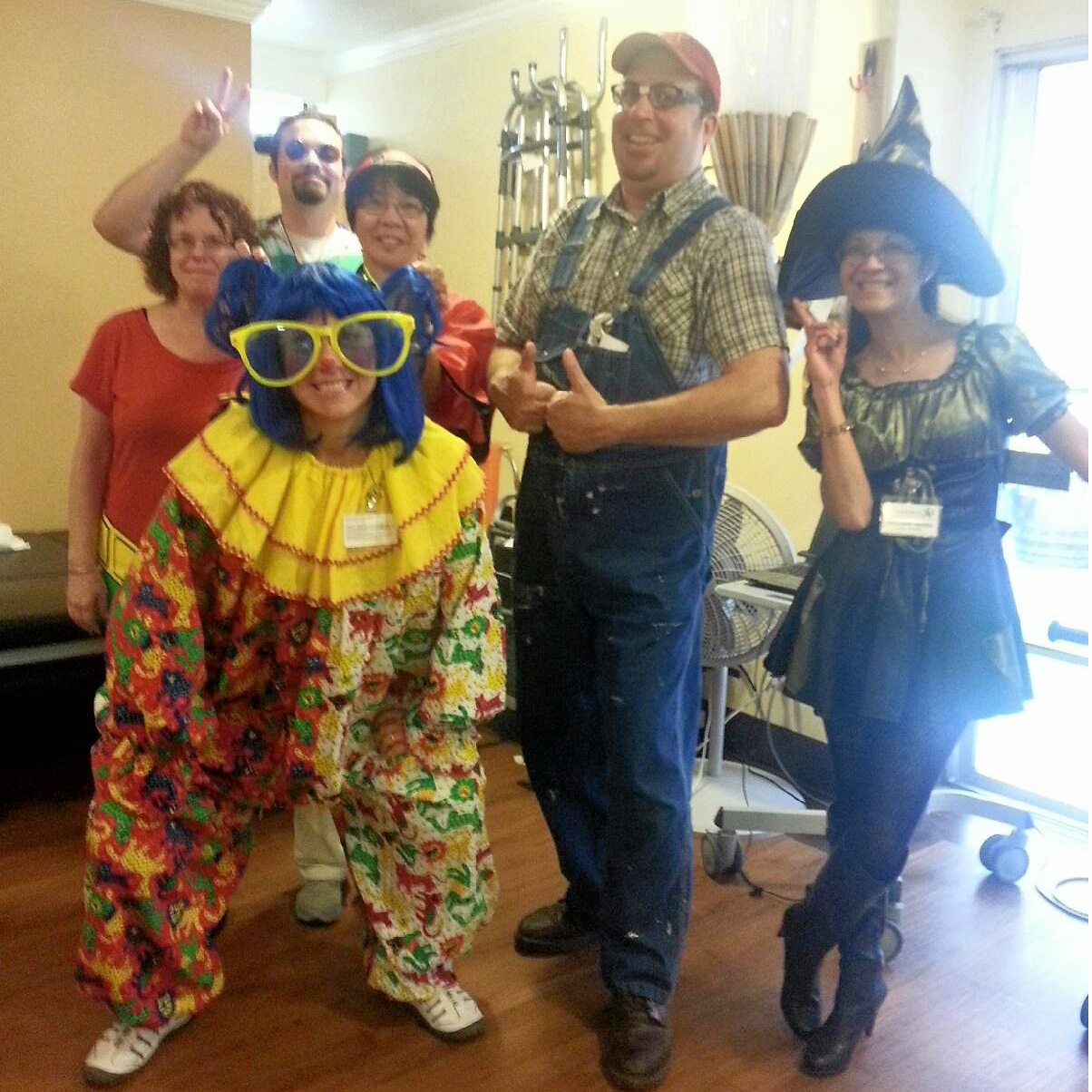
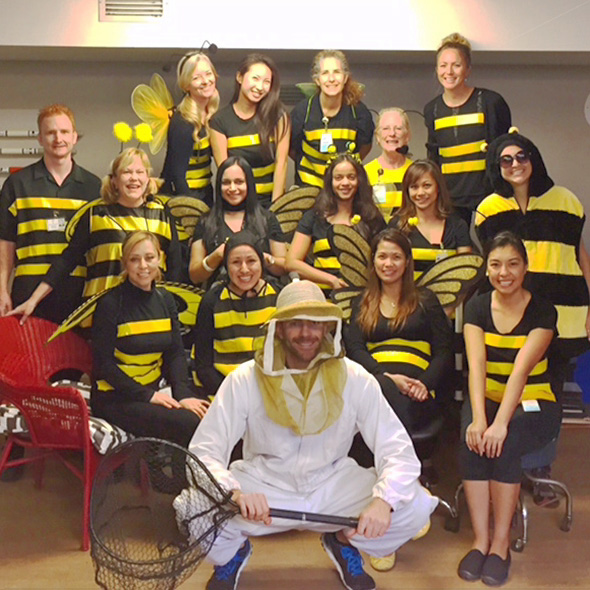
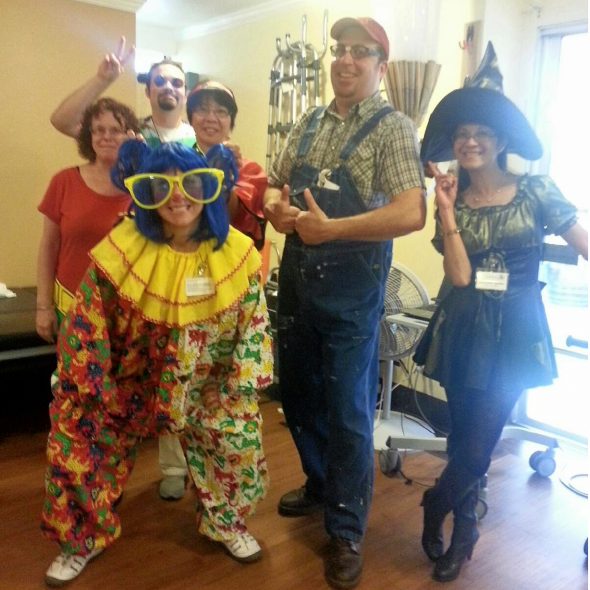
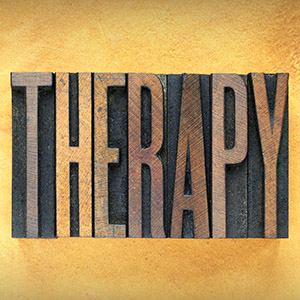
 At Veranda Rehabilitation and Healthcare in Harlingen, Texas, there is no greater incentive for our therapists to persevere through difficult cases than to see patients returning home to carry on with their lives. In the example of one client, admitted to Veranda with a gunshot wound to the mouth and presenting with ETOH abuse, B nephrolithiasis, malnutrition, liver cirrhosis and other symptoms, it was clear from the start that this patient would require extensive therapy. However, our therapists were up for the task, and his story is just one of many that demonstrates how our commitment to a positive outcome allows us to create a partnership for healing with even the most challenging patients.
At Veranda Rehabilitation and Healthcare in Harlingen, Texas, there is no greater incentive for our therapists to persevere through difficult cases than to see patients returning home to carry on with their lives. In the example of one client, admitted to Veranda with a gunshot wound to the mouth and presenting with ETOH abuse, B nephrolithiasis, malnutrition, liver cirrhosis and other symptoms, it was clear from the start that this patient would require extensive therapy. However, our therapists were up for the task, and his story is just one of many that demonstrates how our commitment to a positive outcome allows us to create a partnership for healing with even the most challenging patients.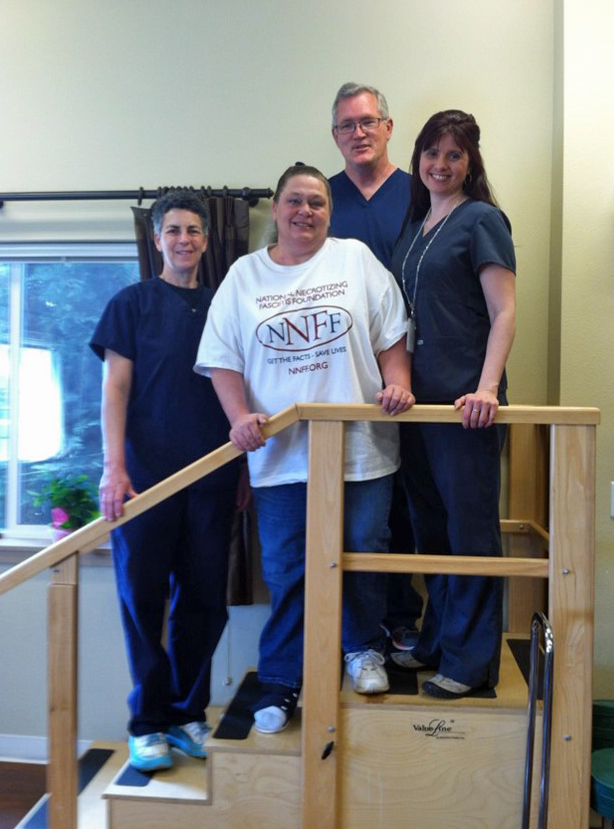

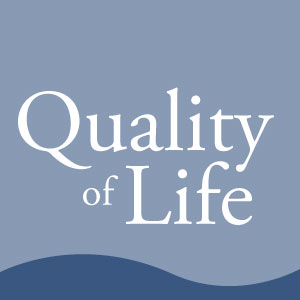
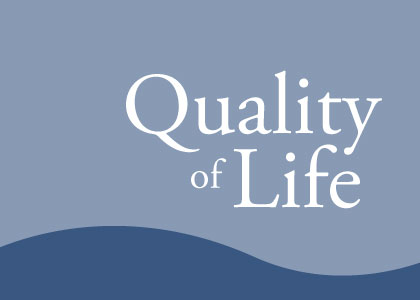 For patients with a terminal illness such as cancer, hospice is not the only answer — and certainly not the best one in many cases. That’s something Northeast Rehabilitation Center in San Antonio, TX, learned firsthand in working with Patient P., a woman who presented with stage III lung cancer and whose chemotherapy treatment had proved ineffective. When told by her doctors that she needed to consider hospice, P. refused — and those of us at Northeast Rehabilitation and Healthcare Center stepped in to provide rehabilitation services.
For patients with a terminal illness such as cancer, hospice is not the only answer — and certainly not the best one in many cases. That’s something Northeast Rehabilitation Center in San Antonio, TX, learned firsthand in working with Patient P., a woman who presented with stage III lung cancer and whose chemotherapy treatment had proved ineffective. When told by her doctors that she needed to consider hospice, P. refused — and those of us at Northeast Rehabilitation and Healthcare Center stepped in to provide rehabilitation services.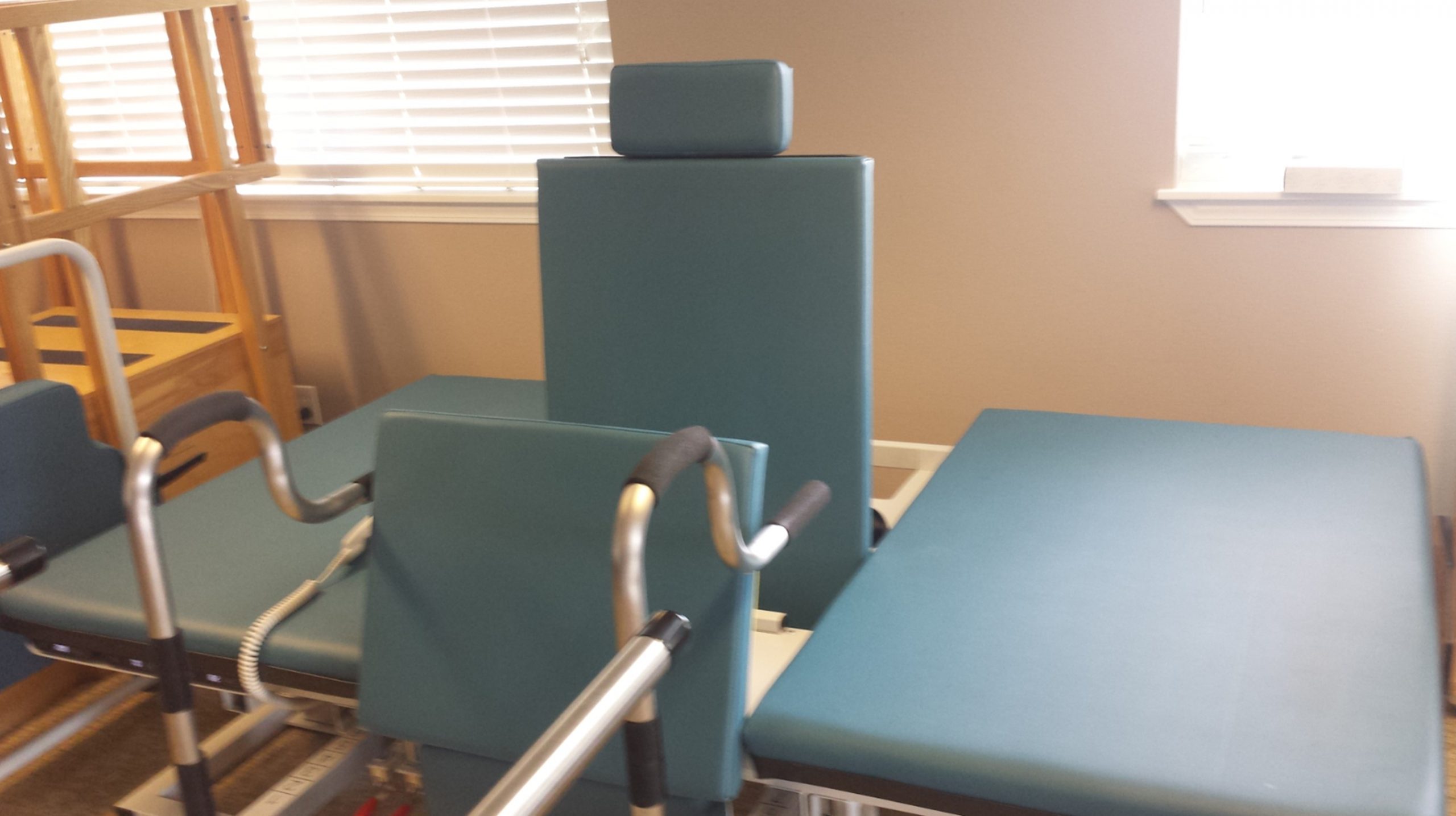


 For patients with excessive pannus, whereby the skin on the lower abdomen hangs down due to rapid weight loss, there are multiple complications that can arise. The condition increases the risk for excessive external hip rotation contracture, skin breakdown due to trapped moisture and decreased lower-extremity strength and range of motion.
For patients with excessive pannus, whereby the skin on the lower abdomen hangs down due to rapid weight loss, there are multiple complications that can arise. The condition increases the risk for excessive external hip rotation contracture, skin breakdown due to trapped moisture and decreased lower-extremity strength and range of motion.

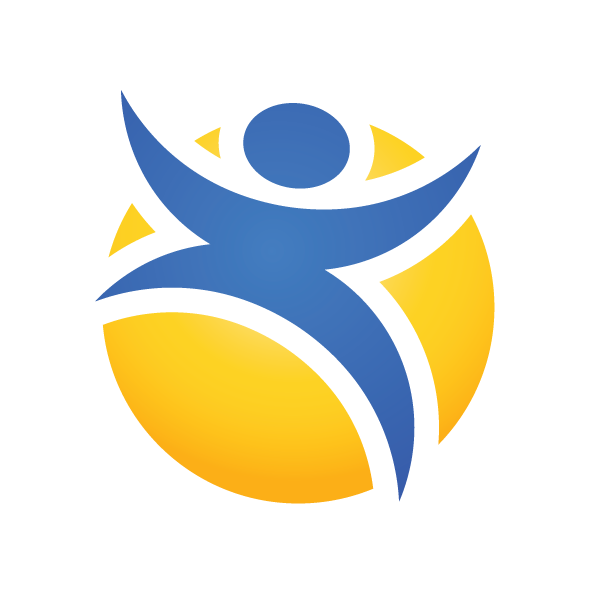
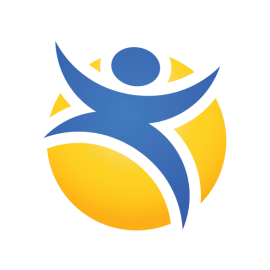 As humans, we are motivated by behaviors like meeting an unmet need or wanting to move. Residents who struggle with self-care and mobility might experience feelings of loneliness, helplessness and boredom if they are continually prevented from addressing their intrinsic desire to get moving. In fact, these three emotions account for the primary suffering among our elders! By utilizing social interventions, however, we can not only reduce the frequency of these feelings, but also help to reduce falls, medications, restraints, skin issues, weight loss, etc.
As humans, we are motivated by behaviors like meeting an unmet need or wanting to move. Residents who struggle with self-care and mobility might experience feelings of loneliness, helplessness and boredom if they are continually prevented from addressing their intrinsic desire to get moving. In fact, these three emotions account for the primary suffering among our elders! By utilizing social interventions, however, we can not only reduce the frequency of these feelings, but also help to reduce falls, medications, restraints, skin issues, weight loss, etc.